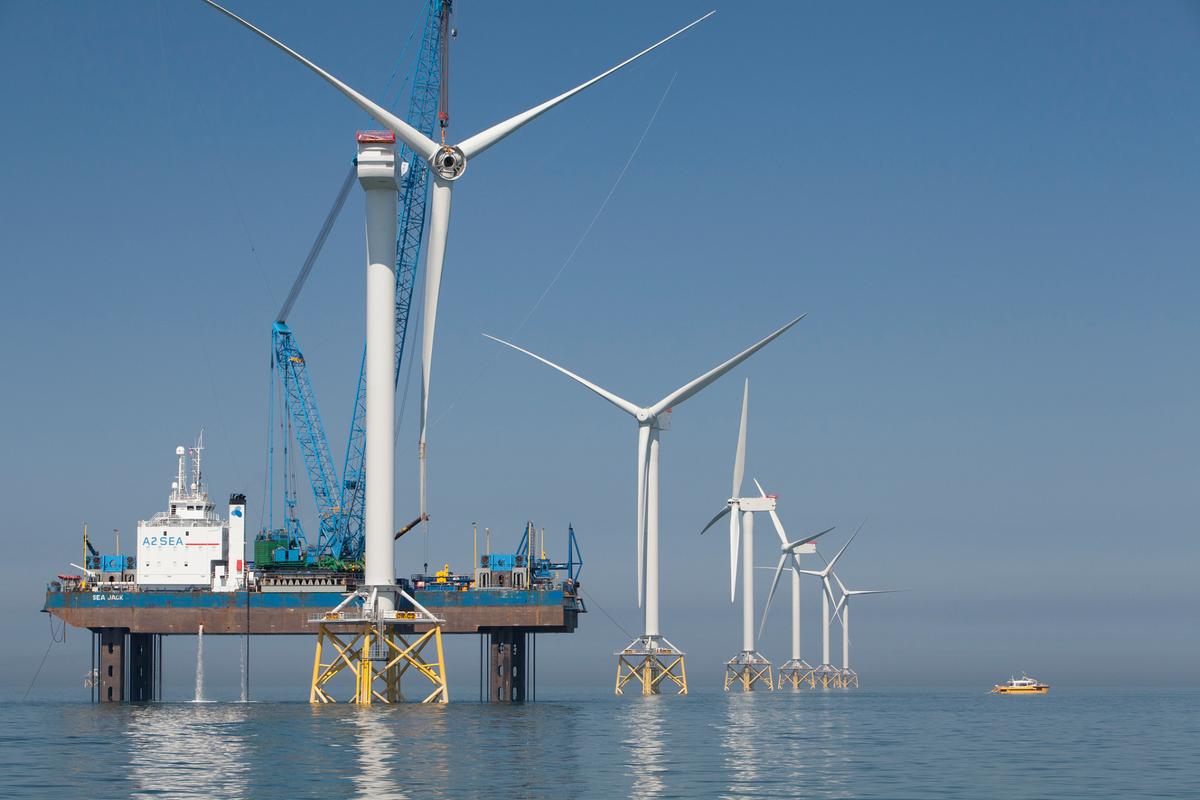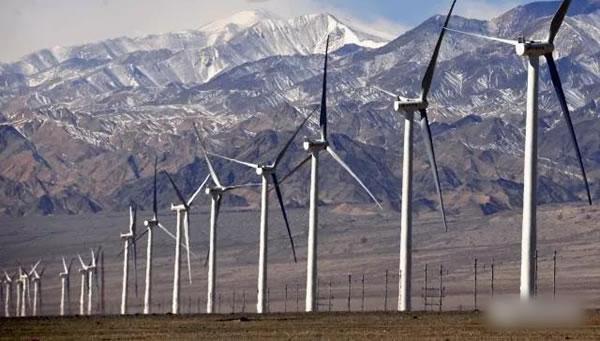Diving into Offshore Energy: Water Power or Wind Turbines?
(Offshore Options: Hydroelectric vs. Wind Power Investment)
The push for clean energy is turning oceans into hotspots for big projects. Investors eye offshore setups for their steady power and green appeal. Two options stand out: hydroelectric plants and wind farms. Both promise clean electricity, but they’re wildly different in how they work and what they demand. Let’s break them down.
Hydroelectric power offshore isn’t new, but it’s getting fresh attention. These systems use moving water—like tides or waves—to spin turbines. The energy gets stored or sent straight to the grid. Norway’s been doing this for years with underwater turbines in fjords. The upside? Water flows predictably. Tides follow the moon’s schedule, not the weather. This makes hydro power steady, day or night.
But water projects aren’t easy. Building underwater infrastructure costs a ton. Saltwater corrodes metal. Marine life can get tangled in equipment. Fixing a broken turbine deep underwater isn’t cheap. Still, once it’s up, hydro plants last decades with little upkeep. For long-term investors, that’s a plus.
Wind power offshore is the flashy cousin. Giant turbines dot coastlines from Denmark to Texas. They’re simpler in design—catch wind, spin blades, make electricity. Wind farms scale up fast. Need more power? Add more turbines. New tech lets turbines float in deep water, opening up huge areas previously too deep for fixed bases.
Wind’s main issue? It’s moody. Calm days mean low output. Stormy days might force shutdowns. Maintenance is tricky too. Climbing a 300-foot turbine in the middle of the ocean isn’t a mechanic’s dream. Salt spray wears down parts. Birds sometimes collide with blades. But costs keep dropping. Turbines today are 70% cheaper to run than a decade ago.
Money talks in energy investing. Hydro projects demand heavy upfront spending. Permits alone can take years. Governments often foot part of the bill because private investors get cold feet. Wind farms are friendlier to smaller wallets. Companies can start with a few turbines and expand. Tax breaks in places like the U.S. and Europe help.
Environmentalists debate both. Hydro turbines can disrupt sea life. Noise pollution bothers whales. Wind farms get flak for bird strikes and “viewshed” complaints—nobody wants a turbine blocking their sunset. But compared to oil rigs or coal plants, both are saints.
Which one gives you more bang for your buck? Hydro’s reliability is golden for stable returns. Wind’s flexibility and lower entry costs attract risk-takers. Geography matters too. Tidal ranges in the U.K. or Canada favor hydro. Windy zones like the North Sea lean on turbines.
(Offshore Options: Hydroelectric vs. Wind Power Investment)
The ocean isn’t a one-size-fits-all energy source. Your choice hinges on cash, location, and patience. Some say mix both—use wind for everyday needs and hydro as a backup. Others bet on tech leaps to solve current flaws. Either way, offshore energy’s race is just starting.
Inquiry us
if you want to want to know more, please feel free to contact us. (nanotrun@yahoo.com)




